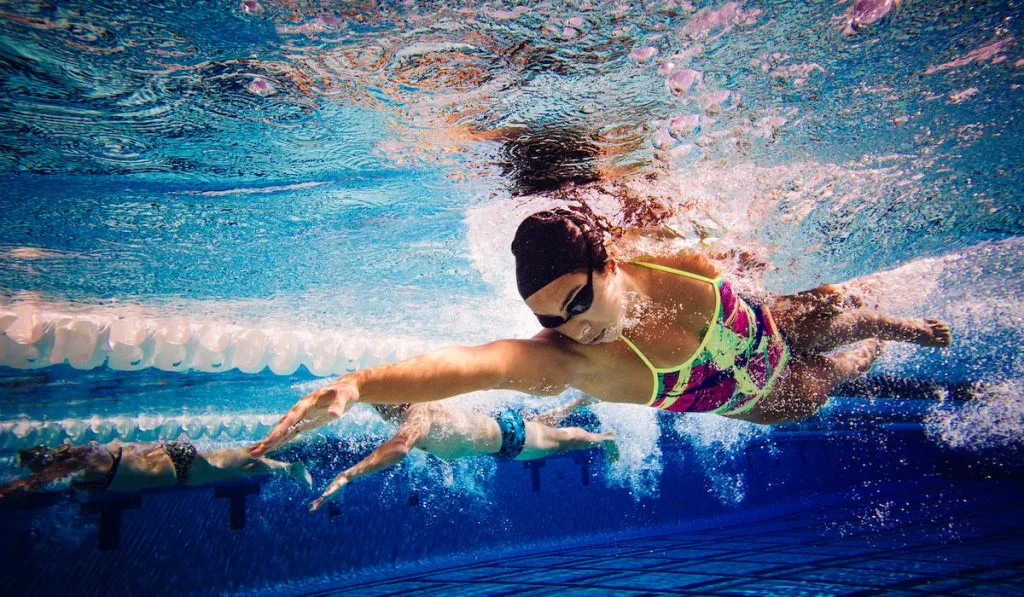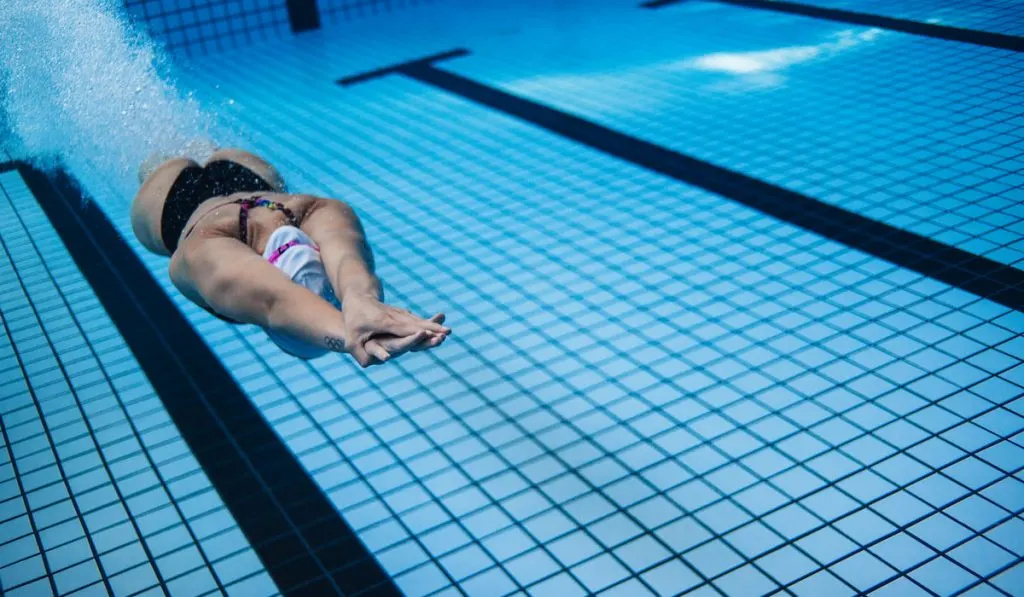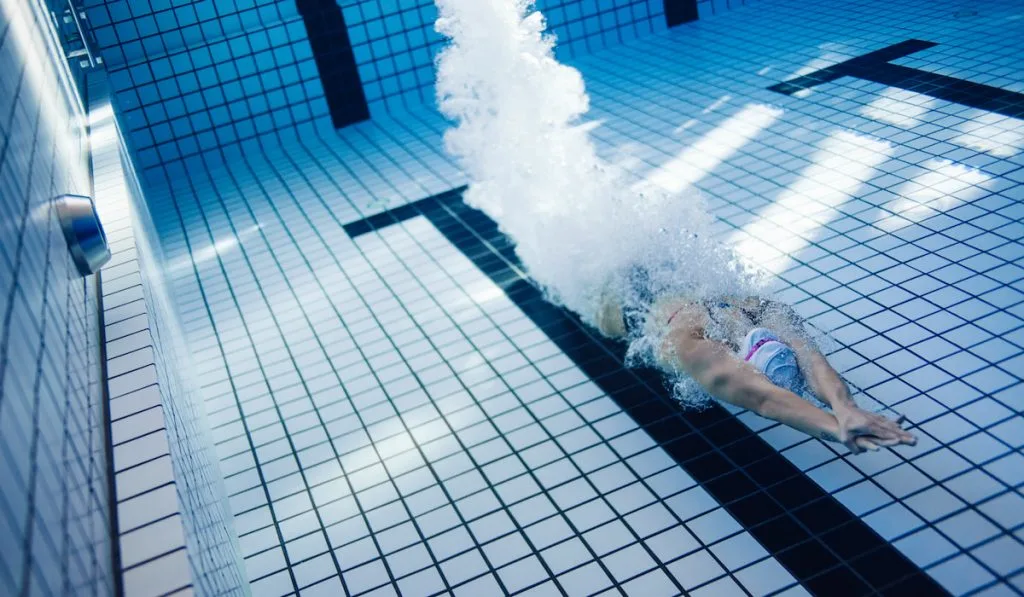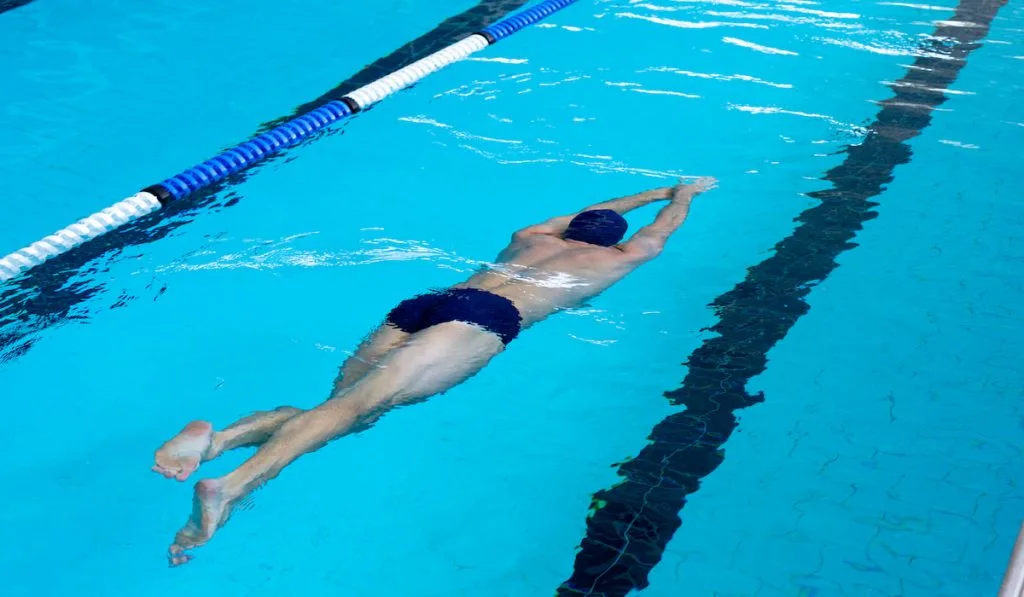Swimming is an incredible exercise. Done right, it’s a wonderful, full-body workout. Done wrong, you’re going to have to make up for mistakes by working harder. If your kicks aren’t in sync, your arms are going to have to make up for their slack, and vice versa.
In competitive triathlon swimming, freestyle is the stroke of choice. No matter where you are as a swimmer, mastering the freestyle stroke will take hours of pool work and a good amount of time practicing in open-water swims.
There’s no way around it, if you want to succeed in the water, you’re going to have to work at it.
For people who swam in high school, this comes relatively easily. However, every year there are thousands of fit athletes who are new to triathlons who struggle mightily in the swim portions of their races. For many, the swim is the hardest of all of the challenges a triathlon presents.
A key to a successful swim is learning how to glide as you freestyle. Seasoned swimmers can get into the zone quickly and moving requires less effort. Your body feels like it is working with the water rather than fighting against it.
But how do you get to the point where you can glide in freestyle swimming? Let’s take a look.

What Is Freestyle Gliding
In freestyle swimming, gliding refers to when a swimmer holds the lead arm out in front reaching as far as possible and holding it slightly longer than they would during a sprinting swim.
The reason gliding is so effective in longer swims, like a triathlon swim, is that it allows you to pull with larger muscle groups to get more strength and improve stamina. You’ll be able to cover the same distance with fewer strokes.
Ideally, it will also take less effort, so you’ll be able to swim at the same pace for longer.
This might not be the type of stroke you want to use in a short sprint, but gliding comes in handy when you have further to swim and you’re not as experienced in the water. It will help keep your body extended so you can stay afloat more effortlessly.
Gliding engages the back and chest muscles in each stroke. For inexperienced swimmers, this will be hard because you have to change the way you’ve been swimming since you were a child.
Learning to glide requires focus in every stroke until the act becomes second nature. It will take lots of practice. However, it avoids overusing the shoulder muscles, which is what a lot of swimmers do. It’s easy to burn out fast if you’re only relying on one muscle group to get you through a long swim.

How to Glide with Freestyle
So how do you glide and make swimming freestyle for long distances simple?
Here are some tips to get you started.
Videotape Your Swim Practice
Not everyone can afford a swim coach to spend hours critiquing positions and perfecting strokes. You do, though, likely have a phone with a camera or some other camera that you can set up in your pool lane and record your swims.
After each practice session, break down your stroke and examine what you’re doing right and what you need to improve on.
The Look-Up Drill
Keep your eyes on your hands and arms as you extend your reach with every stroke. A key thing to remember is to avoid twisting your body too much and messing up your balance. Your body should turn, but not so much that it slows you on the water and you have to use your muscles to recover your position.

Using a Paddle During Practice
Another great tip is to use a single paddle while you’re in the pool doing laps. As you focus on reaching and gliding, you’ll probably find that your off-hand stays a bit farther out and stays there for longer than the hand with the paddle on. Gliding becomes a lot easier once you pick up a bit of speed, so you’ll see your off-hand gliding much more easily as you do your exercises.
Don’t Cross Your Arms
Imagine a pretend line extending out from your head as you swim through the pool. As you swim and try to glide with your strokes, make sure that your arms aren’t crossing positions in the pool.
A coach or a friend can help you by dragging a pole in front of your arms as you swim. If your arms hit the pole as it sits in the center of your line, then you’re stretching too far to the right and left. Focus on extending your arms straight ahead and eliminating the crossing.
Kicks Make Gliding Easier
Any good swimmer or swim coach will tell you that good kicks make everything easier in the pool. It doesn’t matter if you’re swimming freestyle or any other stroke, kicks make the whole package come together.
Poor kicks get a lot of newer swimmers in trouble during races or even casual swims. They get tired faster and tend to sink deeper in the water, putting more drag on their bodies.
With strong kicks, you stay afloat better and will glide through the water faster. Mastering freestyle kicks is hard, especially when tired. You have to put the time in during your pool sessions to make strong kicks part of your repertoire.

Bottom Line
Do the drills and keep at it. Soon enough, you’ll notice that you’re gliding through the water with longer strokes that use more of your core and back strength.
It should help you maintain speed during the swim portion of any race and make the swimming stage more enjoyable.
One of the key parts of swimming practice is analyzing your technique and getting those hours in the pool every day.
Good luck as you try to make gliding part of your skillset. Hopefully, you’ll see some positive results in your upcoming events!
